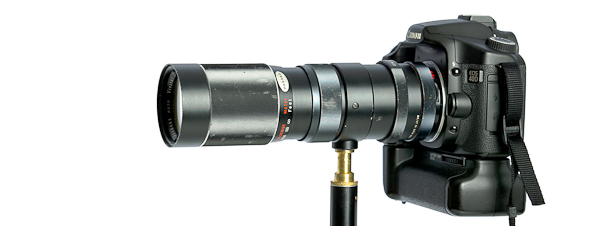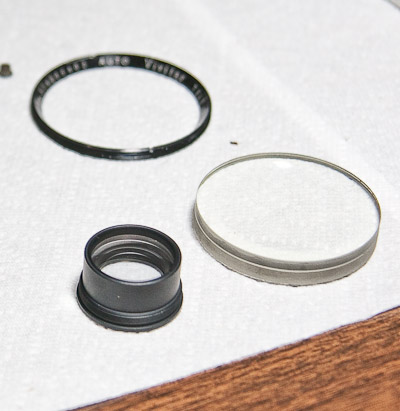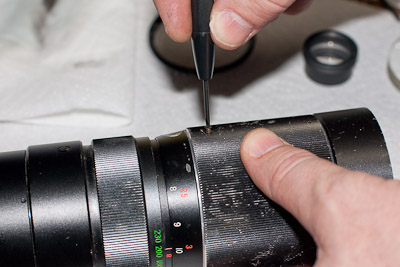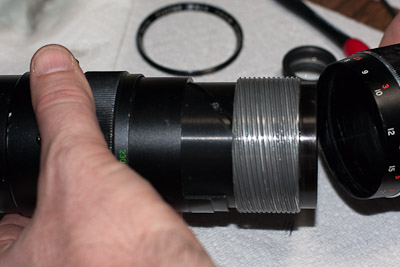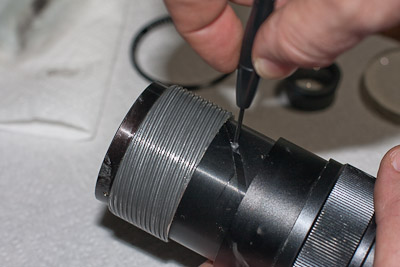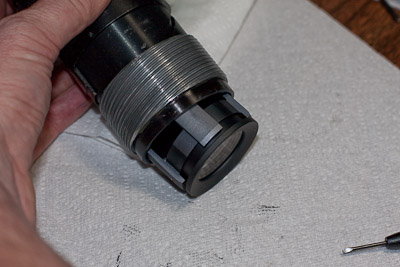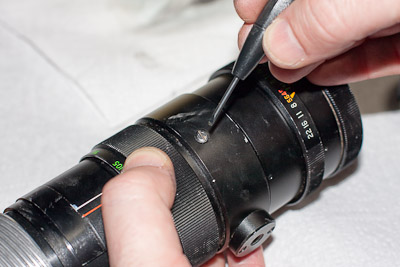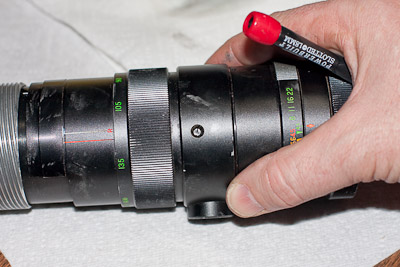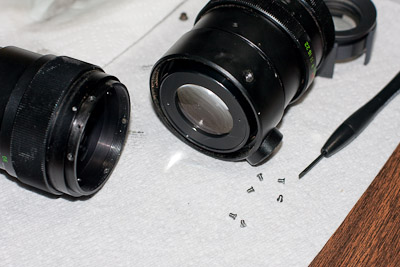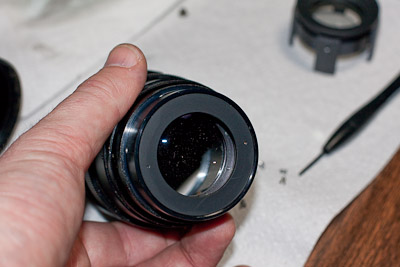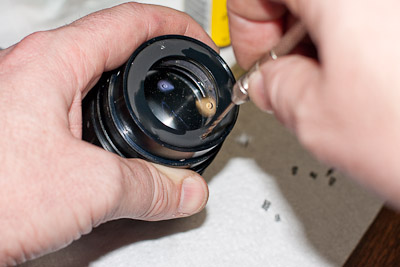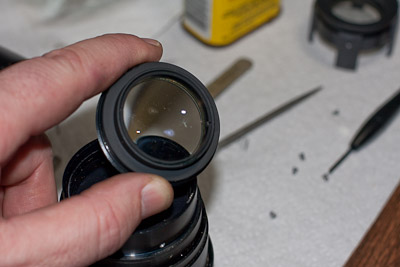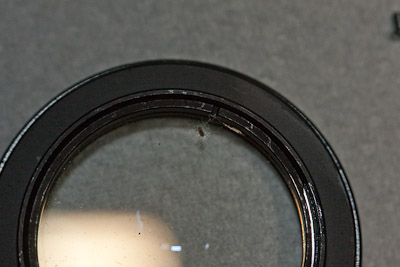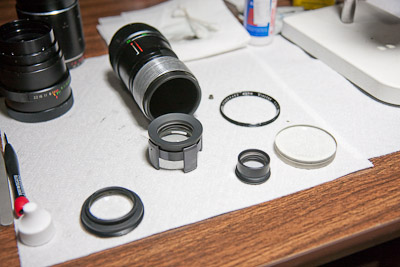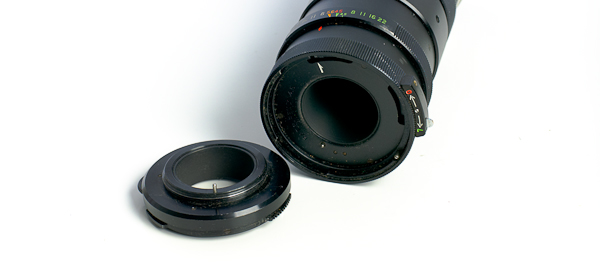
Vivitar 90-230 f4.5 Zoom. When cheap is uhm, "cheap". |
||
|---|---|---|
Specs: 90-230mm vari-focus zoom
1. Blurry pictures of the product. |
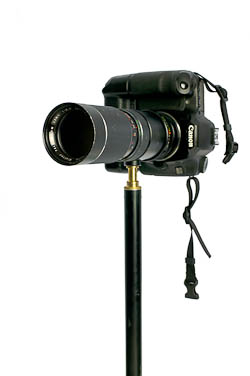 |
|
Sometimes you have to have to pay attention to what the seller is NOT telling you. Of course, to know that you have to research the lens on your own, discover it's weaknesses, and see if that has been addressed by the seller. For example, many users report that some russian portrait lenses tend to have poor lubricant and focus can be rather stiff to the point of distraction, ("russian glue" as seller 'Doubice', puts it). In which case you might see "clean optics", "mint condition", and "no mushrooms", but nothing about stiff focus. Therefore, you have to ask. Reputable sellers know this is matters and will give full disclosure. Even so, having the all the bases covered, and the research reveals that a particular lens to be a winner. You still have to assume that old and used, is well, "old and used." The zoom range on this lens is a very useful 90-230mm, and on a DSLR with 1.6x crop sensor, it becomes a 144-368mm. Good for bird watching, but requiring a tripod and careful application to reduce shake. Combine that with it being a Vari-focus lens (you have to refocus after zooming), it should be as sharp as or nearly as sharp as a prime lens, as the problem with zooms of the day required additional glass and were more difficult to design in order to maintain constand focus as one zooms, ( for instance, the vari-focus olympus 28-28 f3.4-4.5 is considered a prime lens by some posters). Before I purchased this lens, I've read other users being "mildly surprised" as to it's sharpness and performance. So, I bid, $5 bucks and it was mine.
What a dog. I couldn't get a decent sharp image from it. Color is nice, and with an 8-bladed aperture it has decent bokeh, but after a few hours shooting both on and off a tripod, (including some carefully balanced studio shots), it was ready for the reject pile, and not even worth this very write up... but wait. Curiously, I shined a light through the lens, and noticed a rippled texture. Using a scope I spotted fungus and presumably, a clear thin coating. I smelled a project coming, and why not drag out the tools and tear into her? I have nothing to lose. Lenses are precision devices, however, the task of disassembly and cleaning is not-so-daunting as one might think, (maybe putting them back together is... but where's the spirit of adventure in not trying?). Before you begin, consider the following advice: 1. Understand that such a task will take time and patience. If your the kind of person who likes to swear and throw things in anger, then maybe you should buy another lens and sell the bad one to someone else whom can fix it. 2. You will need a clean, well organized work area. A dim lit greasy tool bench littered with last weeks engine rebuild will present issues thus leading to my comment above. 3. If your not so good at remember things (such as the order of how to put it back together), then either take short notes or a few digital pictures along the way. 4. Good tools to have would be a jewelers screw-driver set, spanner wrenches, tweezers, cotton swabs, and a few white paper towels and clean microfiber cloths. You should also have some alcohol (for cleaning, not drinking -unless this endeavor leads you to that conclusion). I also recommend either a loop, or in my case, an assemblers 10x microscope. Now on to the work: I disassembled the lens and it turns out that my 'fungus' was a dead bug, and a layer of dirt or crud, and that a quick cleaning was in order. 1. Using a spanner wrench, I removed both the front element retaining ring, and the rear element assembly. 2. Next I removed the focus ring stop screw...
...and unscrewed it from the assembly.
3. Next I removed the forward focusing element assembly screws, (there are two):
... and the front focus assembly slides out easily.
4. I removed the access cover screw from the tripod collar ring.
5. Then removed six screws around the circumference of the middle assembly.
7. Now I had access to the dirty, bugged assembly. This assembly was froze and nearly bent the tines on my spanner wrench. So I added a few drops of liquid wrench, then opened up the access holes to accommodate a larger, and stronger spanner wrench:
Here we can see the real issue in all it's gory:
All cleaned up, reassembly was a snap.
The results were mixed. Careful comparison at 100% revealed improvement, and less ghosting. However, the edges were still a tad soft (see 100% crop):
What can I say for $5? (Next!) Before this maintenance, I did manage some interesting shots that qualify for 'artistic merit', and reasonable sharpness (small jpegs online are very forgiving of issues otherwise seen full screen). Furthermore, being that it's a T4 lens with an interchangeable T4 mount in m42 thread. I can keep the mount and shop for other lenses that use the same mount and do a swap. In conclusion: If you're not too crazy about playing vintage lens roulette, then you might consider buying from a reputable dealer whom will guarantee the condition and performance of his lenses. Such dealers will often repair, re-lube and actually test the lens. Of course, these will be offered at a much higher price, and maybe a few hundred dollars for an old lens is a bit much for some folks. However, you could easily spend that much on a few lenses and shipping, and risk a pile of junk for all your efforts. One last item of importance: Although I like vintage lenses, I would never consider using a vintage lens for a paying gig that involved sports, product, or commercial photography. These kinds of jobs are best served by the quicker, and brighter autofocus lenses. Portraits and groups might be an exception, where things aren't so rushed. Still, it's best to bring backups along just in case the thing falls apart while on-site. -Keep Shooting |
||




